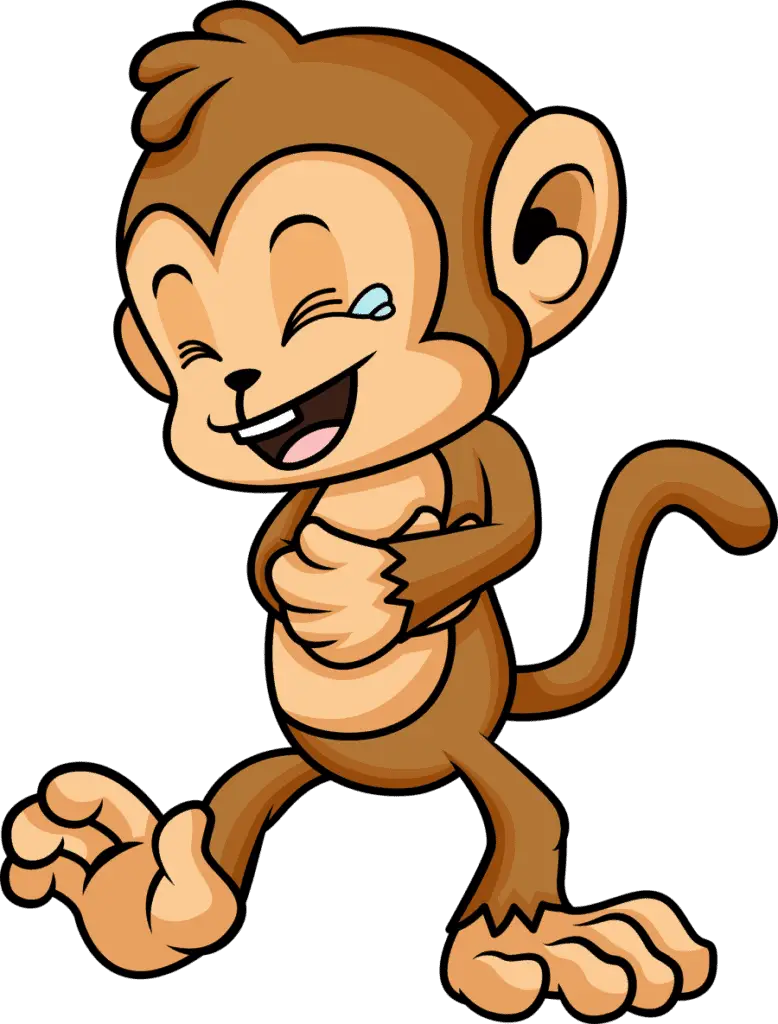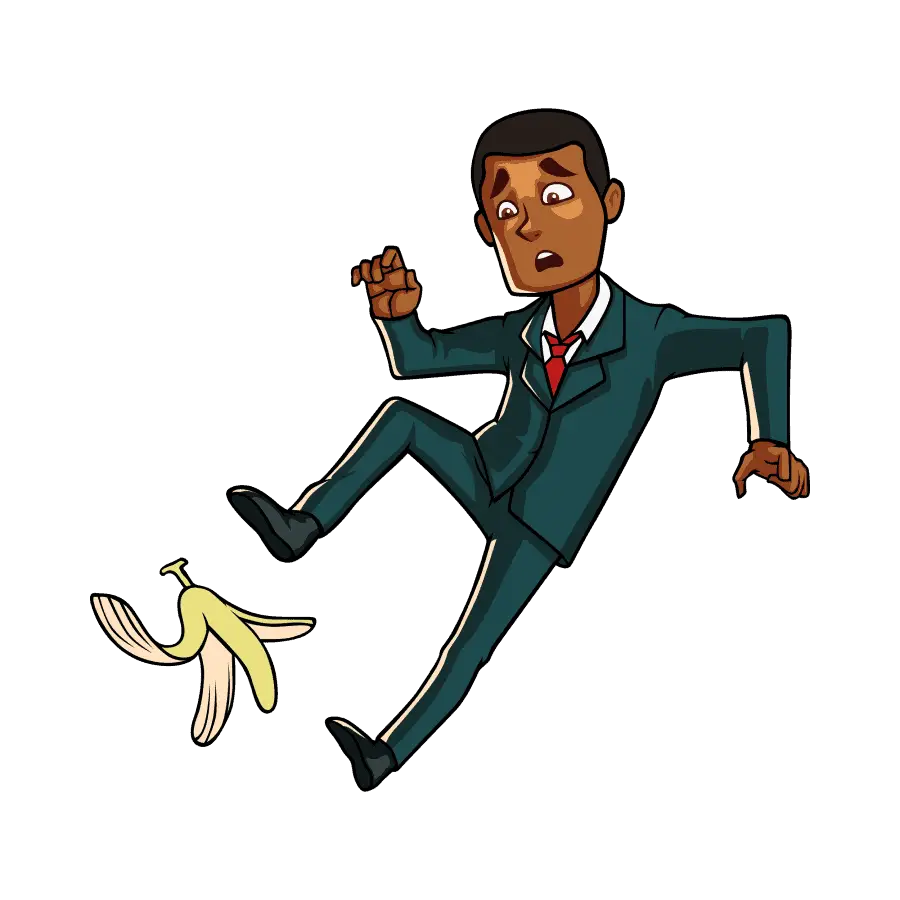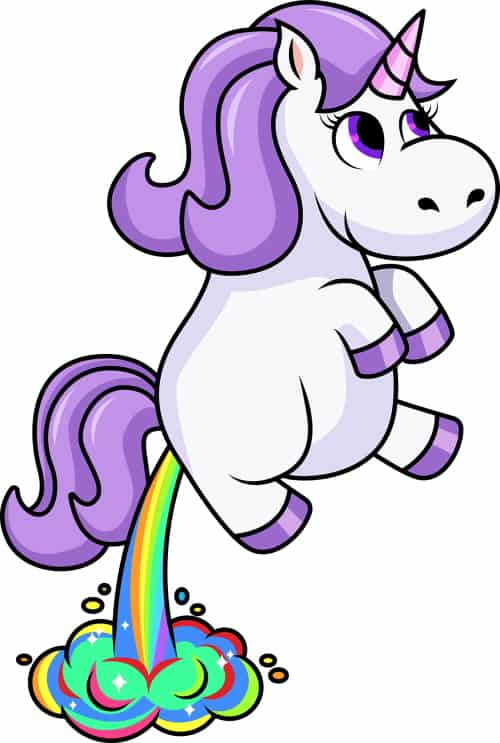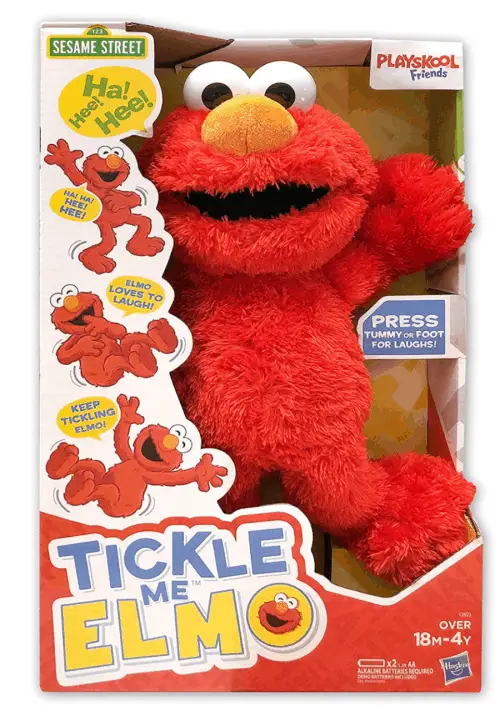
A child’s laugh is one of the world’s greatest treasures. Luckily, it doesn’t take much to get one, in most cases. Toddlers are among the easiest kids to elicit giggles from. Yet, you still have to know precisely what to do and say to hear that precious sound.
Getting a toddler to laugh can be quite simple. Following these 9 things that toddlers find funny will have them laughing out loud: tickling, physical humor, white lie jokes, rhymes, exaggerated melodrama, silly faces, backwards clothes, funny sounds, and finally, others laughing.
It can be challenging to figure out what a toddler thinks is funny. After all, just like adults, they all have unique interests and perspectives that influence their experience of “humor.” If you’re a teacher, a parent, or anyone who interacts with toddlers regularly, here are a few tips on knowing how to make these little buggers laugh.
Contents
Why Toddlers Love Tickling
Unlike the baby stage, toddlers have begun to form a sense of humor. Instead of just laughing at things that surprise or excite them, the child begins to understand that things can be “funny” in some substantial way. Still, since they haven’t yet grasped language and communication, physical humor still reigns dominant in the types of things that make them laugh. (Source: KidsHealth)
To help your child understand ‘tickles’ appropriately, you can introduce them to the Tickle Me Elmo . It was all the rage when it first came out, and with good reason. Toddlers absolutely loved it and still do. Though, fortunately, it’s much easier to get one from Amazon for your little cutie than it was in pre-internet 1996!
It’s important to remember that tickling can be quite an overwhelming sensation. Receiving tickles from a familiar face will remind them that they’re safe, no matter what. Still, why does tickling make toddlers laugh? It depends.
Scientist Arthur Allin identified two kinds of tickling: the “light” and “heavy” tickles. The former doesn’t produce as much laughter as the latter, and there is still lots of speculation surrounding the explanation. Some researchers believe it is a mixture of pleasant and unpleasant emotions, while others say it’s a natural response to playful circumstances. (Source: American Scientist)
Physical Humor Makes Toddlers Giggle
Now onto more general physical humor. Note that, unlike tickling, performing a sort of slapstick comedy for your little one triggers a different sort of engagement from their brain. This is because it requires a level of understanding of what normal and abnormal behavior is and why something might be “silly” or unusual to witness.
This is why the behaviors listed below are your best bet for making your child laugh using your body:
- Exaggerated movements: This works best during storytime. Whether you’re reading a book or recalling the day’s events, jumping around or flailing your arms and legs about are guaranteed to make your toddler laugh.
- Falling down: Yes, unfortunately, your toddler will get a good, hearty laugh every time they see you slip and fall. This is probably because it’s so sudden that it catches everyone off guard. Seeing someone lose their footing is quite surprising, and sometimes the most natural reaction to confusion and shock is to giggle.
- Wearing silly items: Get adventures and balance things on your head or wear crazy items around the house as clothes. Draping yourself in a shower curtain or putting dishes on your head is a great way to make them giggle.
Little White Lie Jokes
Older toddlers (around 2-3 years old) tend to have a more functional understanding of language-based jokes. This is because their minds have had a bit more time to develop, so they’re learning different facets of humor in terms of what is considered “funny” and not funny.
The best way to tell a toddler a joke is to use something they already know is true and flip the concept on its head. For instance, your little one understands that the sky is blue. So, joking with them about how bright and green the sky is today will make them giggle. You can also come up with ridiculous scenarios about how you met a dinosaur at work today. (Source: Public Broadcasting Service)
This is probably the best method for making your toddler laugh, since they’ll get to practice their language skills at the same time. Studies show that talking to your toddler (even if it’s humorous), will accelerate their language development. Studies showed that kids who regularly receive “child-directed speech” have a larger vocabulary than those who receive less. (Source: Stanford News)
Rhyming Jokes for Toddlers
It’s debatable whether this type of joking is for toddlers or not. Some don’t consider three-year-old kids to be a part of the toddler category. For instance, most parents (and even some health experts consider the toddler age range to be 1-3 years old. (Some are far more generous and extend this to four years old.) (Source: Healthline)
Like the Centers for Disease Control and Prevention (CDC), other authorities are far more restricted in their opinion, stating that toddlers max out at age two. If you’re in the former camp, then you’ll have a bit more flexibility with making your toddler laugh with language-based jokes. (Source: CDC)
Around three years old, kids start to develop something called “phonological awareness.” This means that, at this stage, they are learning specific linguistic sounds. So, they can grasp the concept of rhyming. Jokes like this one should play well with your toddler: “What do you call a sleeping dinosaur? A dino-snore.”
To try some jokes on your toddler, I suggest using some that have familiar characters like these Disney-based jokes my husband wrote about here and here.
One thing that he does in all of his joke articles and in many more to come is to include sections for many ages. Rhyming is something that toddlers love and older kids have fun with. The hello and goodbye joke sections are great for this. Just toss them out when you arrive or leave and watch the kid faces light up in the room.
Melodrama Always Makes Toddlers Giggle

Overreacting to something positive your toddler has done will never fail to get a laugh out of them. For instance, imagine that they shot imaginary guns your way. Letting out a great big yell, waving your arms around, and falling to the ground will certainly get them to laugh out loud.
Then there is the imaginary trip wire or ninja in the floor that sends you hopping and teetering around the room. Again, use your arms and flutter about with exaggerated faces. It is a laugh bringer nearly every time, especially if you run into a wall or two.
Even if the melodramatic response isn’t to something imaginary, your toddler is sure to love it. If your little one tells you a knock-knock joke, let them have a loud, guttural laugh. Lean back, slap your knee, run around in circles – any kind of behavior that’s just out of control will evoke some laughter.
Toddlers spend the majority of their lives not knowing what is going on. They want to laugh and will usually do so if they understand the situation. They will be sad or scared if someone gets hurt. Yet, make an over the top show of it and they are assured that you are just kidding around. Then the laughs will come.
One more example is fake crying. They will check to see if you are really that upset before deciding how to react. Many times they will empathize with you if you don’t go over the top enough. But if you make a huge show of it after the initial ‘examination phase’, they will start to get it, laugh, and may even play along.
Make a Silly Face for Your Toddler

One of the most classic things that will never fail to make a toddler laugh is the silly face. In fact, this is a joking method that is most rooted in science, as humans’ (including little humans) reactions to certain facial expressions are influenced by their cognition.
A study back in 2014 showed that humans have different psychological responses to human faces, depending on how they look. The researchers showed their participants three facial expressions, including (Source: Science Direct):
- Painful or angry (“affective”)
- Bewilderment (“comic”)
- Signs of unfortunate circumstances surrounding the person, but no visible face (“no face”)
They discovered that the brain was much more aroused by comical facial expressions and that viewing funny faces elicits a much quicker reaction of laughter or amusement than funny situations. In fact, it’s closely related to humans’ reaction to watching someone fall down (like the physical humor mentioned earlier).
Putting Clothes on Backwards
Silly mistakes like putting your clothes on backward or inside-out are guaranteed to make your child laugh. There are several reasons for this, which can change from child to child. Some of the main reasons why a little one might find this funny are:
- It brings you down to their level. You’re supposed to be the adult and have everything put together, right? When you make funny little mistakes like this, it humanizes you and takes you down from the “grown-up” pedestal for a moment since you’re doing something a child would normally do.
- They recognize what is “correct” and “incorrect.” Just like the little “white lies” jokes, your toddler can understand how things should appear. Wearing your clothes inside out or swapping them entirely (e.g., wearing pants as a shirt and vice versa) earn you a confused laugh.
Funny Sounds to Make Your Toddler Laugh

It’s no secret that toddlers love farts. It’s the cheapest way to get your little one to set a giggle free. As beloved as this type of slapstick comedy is, it’s not the only way to get your toddler to laugh using silly sounds. They don’t always have to be inherently funny noises. Sound effects or even animal impressions are perfect for entertaining little kids.
One of the best ways to employ this type of humor is to use it during storytime. Choose a book that has lots of animal characters or natural onomatopoeias, like wind blowing through the air. Every time you say, “moo!” or “whoosh!” your toddler will have a blast.
Toddlers Laugh When They See Others Laughing
The easiest and most natural way to make a toddler laugh is simply to share laughter with them. If you’re ever tired or feeling insecure about what jokes you can make for your child, just remember that you are one of the most precious things to them in this world.
This means that your smile is infectious, and so are your giggles. Surprisingly, this is another method that is rooted quite heavily in science. Humans naturally laugh when they see others doing the same. Both children and adults share this behavior, according to a recent study.
Swedish researchers observed children in schools and found that children directed their laughter toward other kids 7% of the time, and adults did the same, only 2.7 times more often. One of the main reasons why kids did this was to forge social connections with their peer groups, signaling that laughter is crucial to bonding with friends and relatives. (Source: Frontiers in Psychology, Cultural Psychology)
We have all noticed something similar, but seemingly opposite with babies and small toddlers. When you have a group of similarly aged kids and one starts crying, sometimes their is a chain reaction in the room and nearly all of them will turn on the waterworks.
These little minds are still figuring out how to be. Show them laughter and many times they equate that with what they are supposed to do. This makes for one happy little munchkin.
Punchline for 9 Things That Toddlers Find Funny
There are so many different ways to make your toddler laugh, from slapstick physical comedy to naturally giggling yourself. While most of these comedy methods are based in science, others (like tickling) are quite mysterious and vary from child to child.
The main thing to keep in mind when you want to make your toddler laugh is their cognitive development level. If they’re not quite ready to understand language-based jokes, then you’ll want to lean more heavily on physical humor. The older they get, the more you can venture into rhyming and knock-knock jokes like the ones my husband included in this article.

